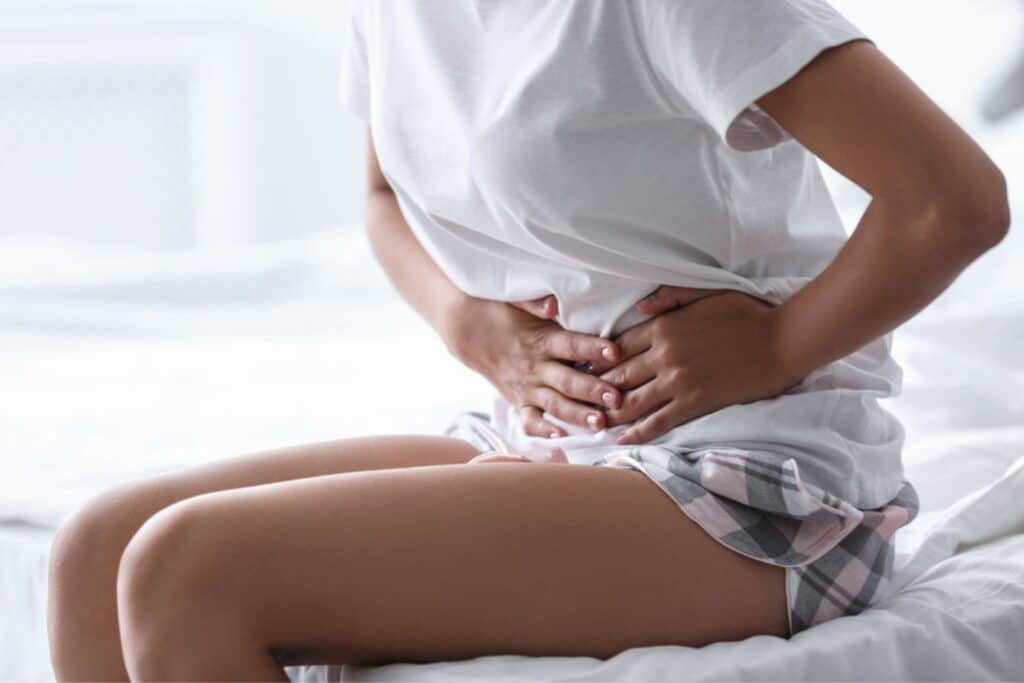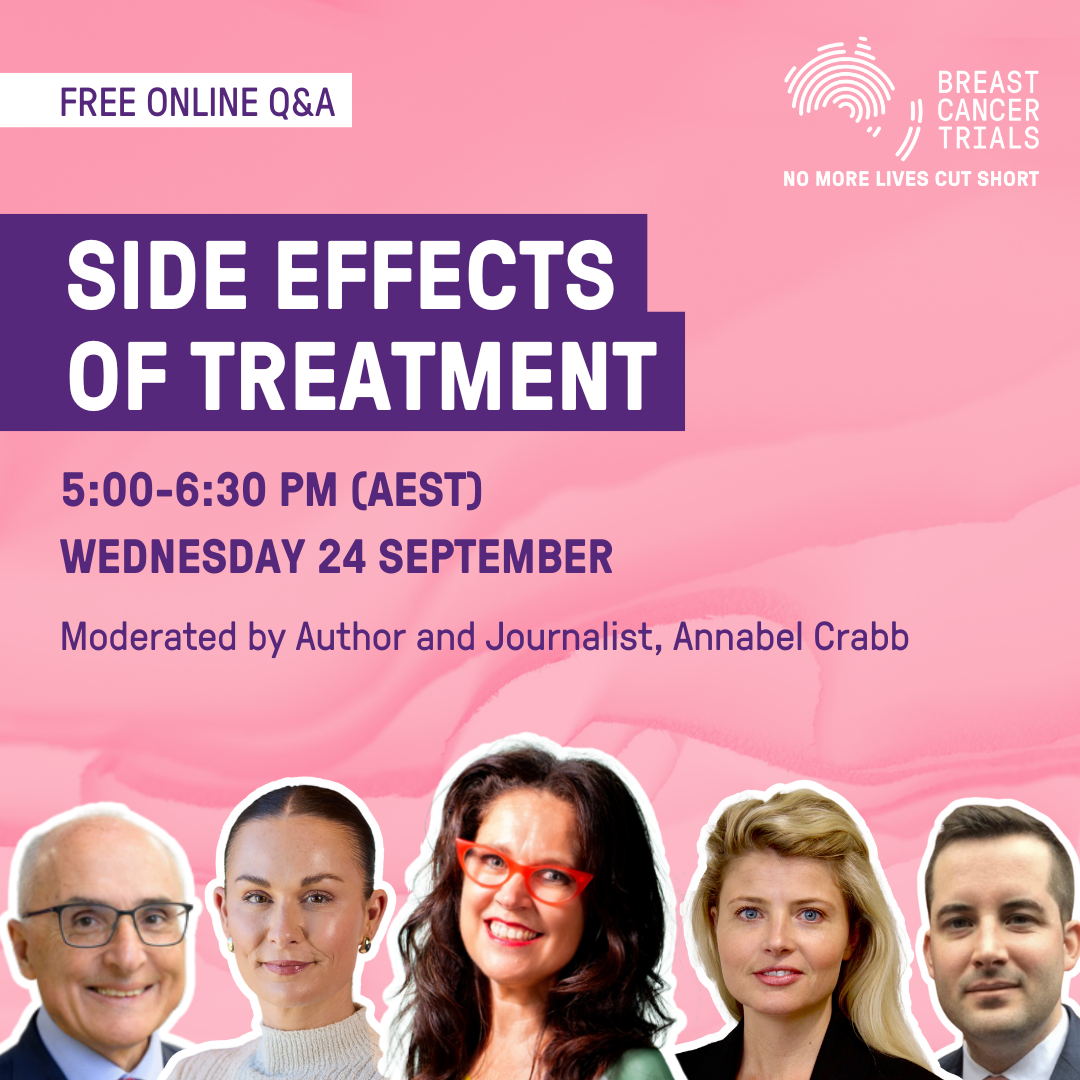One in seven women in their late 40s have endometriosis in Australia, according to new government research.
The Australian Institute of Health and Welfare (AIHW) released a report on Wednesday based on data gathered from health services and the Australian Longitudinal Study on Women’s Health from the University of Queensland.
Surveying two groups of women, born in 1973-1978 and 1989-1995, the results showed one in seven women aged 44-49 suffered from the disease, while one in 11 aged 26-31 had endometriosis.
The rate of hospitalisation for endometriosis, a condition where tissue similar to uterus lining develops in other parts of the body, has doubled among females aged 20-24 in the past decade. While in 2011-12 there were 330 hospitalisations per 100,000 females, this figure rose to 660 per 100,000 in 2021-22.
Katherine Faulks, the spokesperson from AIHW, said this could be indicative of changed public perspectives surrounding the disease.
“This increase may reflect increased awareness of endometriosis among the general public and health professionals, leading to increased diagnosis and/or reporting of diagnosis among women born more recently,” she said.
Over 2021-22, there were 40,500 endometriosis-related hospitalisations, or 312 hospitalisations per 100,000 females.
The inflammation and scarring from endometriosis causes women to experience symptoms such as pain, heavy menstrual bleeding, fatigue, anxiety, depression, reduced fertility – to name a few.
While the latest data shows how common endometriosis is for women and suggests women are being diagnosed at a younger age, it can still take up to 8 years for medical professionals to deliver a diagnosis.
Associate Professor Anusch Yazdani, the medical director at Endometriosis Australia, is concerned about how long it can take women to be diagnosed with endometriosis.
“The delay in diagnosis is having a knock-on effect, with 50 per cent of women diagnosed with endometriosis having fertility challenges,” Professor Yazdani said.
However, according to CEO of Endometriosis Australia Maree Davenport, women from younger generations are becoming more aware of the disease and have greater access to resources to support them.
“Younger women are more empowered, they know it’s not ok to put up with pain of endometriosis, and the impact to education, work, personal relationships and social life,” Davenport said.
“It is crucial they can access empirical evidence… it is important we communicate in clear and accessible waus, so they know how and where to seek medical advice and treatment.”
In the last decade, the National Health and Medical Research Council spent $18.9 million on research into endometriosis, while the Medical Research Future Fund subsidised 11 grants since 2015.
Davenport said this is well below what is being invested into diabetes, which is just as common as endometriosis.
“Community awareness, education of priority populations with intersection disadvantage and medical support is required, led by specialists in the field,” she said.


